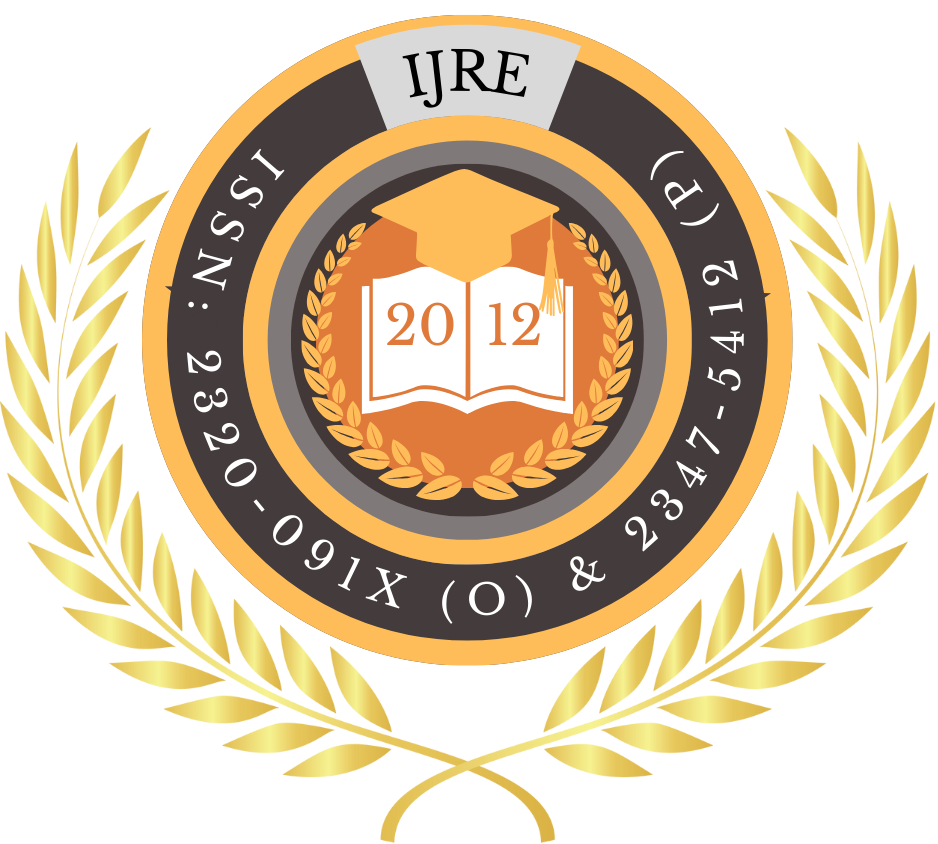![]()
DOI: https://doi.org/10.63345/ijre.v14.i6.5
Dr Pushpa Singh
IILM University
Greater Noida, Uttar Pradesh 201306, India
Abstract
This study investigates the pedagogical impact of Virtual Reality (VR) and immersive laboratory environments on undergraduate STEM learning. By leveraging three‑dimensional simulations, haptic feedback, and networked collaboration, VR labs offer multisensory experiences that overcome many limitations of traditional wet‑lab settings—such as cost, safety constraints, and accessibility gaps. Drawing on constructivist and situated‑cognition frameworks, immersive environments enable students to manipulate abstract phenomena, test hypotheses in real time, and visualize processes from multiple vantage points. A quantitative survey of 250 students across biology, chemistry, physics, engineering, and computer science measured changes in conceptual understanding, engagement, and self‑efficacy following discipline‑specific VR modules. Pre‑ and post‑session comparisons (n=80) revealed statistically significant gains in comprehension and confidence; broader cross‑sectional data (n=250) indicated uniformly high engagement and positive attitudes toward VR collaboration. Thematic analysis of open‑ended responses highlighted visualization advantages, risk‑free experimentation, and peer interaction as key benefits, while technical challenges—headset ergonomics, tracking errors, and onboarding complexities—emerged as barriers. We conclude that VR and immersive labs can transform STEM education by enhancing spatial reasoning, motivation, and collaborative skills, but sustainable implementation requires curriculum alignment, faculty training, equity‑focused deployment models, and longitudinal assessment of learning transfer.
Key words
Virtual Reality, Immersive Laboratories, STEM Education, Engagement, Conceptual Understanding
References
- Bacca, J., Baldiris, S., Fabregat, R., Graf, S., & Kinshuk. (2014). Augmented reality trends in education: A systematic review of research and applications. Educational Technology & Society, 17(4), 133–149.
- Cheng, K.-H., & Tsai, C.-C. (2019). The interaction between different types of content knowledge and learning contexts: An example from VR‑based chemistry learning. Journal of Computer Assisted Learning, 35(3), 246–258.
- de Jong, T., Sotiriou, S., & Gillet, D. (2014). Innovative learning environments in STEM education: An immersive lab approach. Computers & Education, 69, 5–16.
- Dede, C. (2009). Immersive interfaces for engagement and learning. Science, 323(5910), 66–69.
- Garrison, D. R., Anderson, T., & Archer, W. (2001). Critical inquiry in a text‑based environment: Computer conferencing in higher education. The Internet and Higher Education, 2(2–3), 87–105.
- Johnson‑Glenberg, M. C., Birchfield, D., Koziupa, T., & Jones, A. (2016). Collaborative embodied learning in mixed reality motion‑capture environments: Two science studies. Journal of Computer Assisted Learning, 32(6), 482–498.
- Jong, T. D., & van Joolingen, W. R. (1998). Scientific discovery learning with computer simulations of conceptual domains. Review of Educational Research, 68(2), 179–201.
- Makransky, G., Terkildsen, T. S., & Mayer, R. E. (2019). Adding immersive virtual reality to a science lab simulation causes more presence but less learning. Learning and Instruction, 60, 225–236.
- Merchant, Z., Goetz, E. T., Cifuentes, L., Keeney‑Kennicutt, W., & Davis, T. J. (2014). Effectiveness of virtual reality‑based instruction on students’ learning outcomes in K‑12 and higher education: A meta‑analysis. Computers & Education, 70, 29–40.
- Mikropoulos, T. A., & Natsis, A. (2011). Educational virtual environments: A ten‑year review of empirical research (1999–2009). Computers & Education, 56(3), 769–780.
- Pantelidis, V. S. (2009). Reasons to use virtual reality in education and training courses and a model to determine when to use virtual reality. Themes in Science and Technology Education, 2(1–2), 59–70.
- Radianti, J., Majchrzak, T. A., Fromm, J., & Wohlgenannt, I. (2020). A systematic review of immersive virtual reality applications for higher education: Design elements, lessons learned, and research agenda. Computers & Education, 147, 103778.
- Sabourin, J. L., Lester, J. C., & Barlow, S. T. (2013). The effects of attention‑tracking sensors on student learning in virtual learning environments. International Journal of Artificial Intelligence in Education, 22(3), 124–143.
- Santana, V. M., & Bain, M. (2018). Immersive learning: A model for enhancing student engagement in STEM. Journal of Science Education and Technology, 27(1), 59–67.
- Slater, M., & Sanchez‑Vives, M. V. (2016). Enhancing our lives with immersive virtual reality. Frontiers in Robotics and AI, 3, 74.
- Solanki, D., & Singh, S. (2021). Virtual reality in engineering education: Trends, challenges, and future directions. International Journal of Engineering Education, 37(5), 1203–1215.
- Wu, H.-K., Lee, S. W.-Y., Chang, H.-Y., & Liang, J.-C. (2013). Current status, opportunities, and challenges of augmented reality in education. Computers & Education, 62, 41–49.
- Yuen, S., Yaoyuneyong, G., & Johnson, E. (2011). Augmented reality: An overview and five directions for AR in education. Journal of Educational Technology Development and Exchange, 4(1), 119–140.
- Zhao, B., & Bie, B. (2019). Effects of 3D immersive virtual reality on learning performance and motivation in science education. Educational Research Review, 27, 1–14.
- Zimmerman, B. J. (2000). Self‑efficacy: An essential motive to learn. Contemporary Educational Psychology, 25(1), 82–91.
